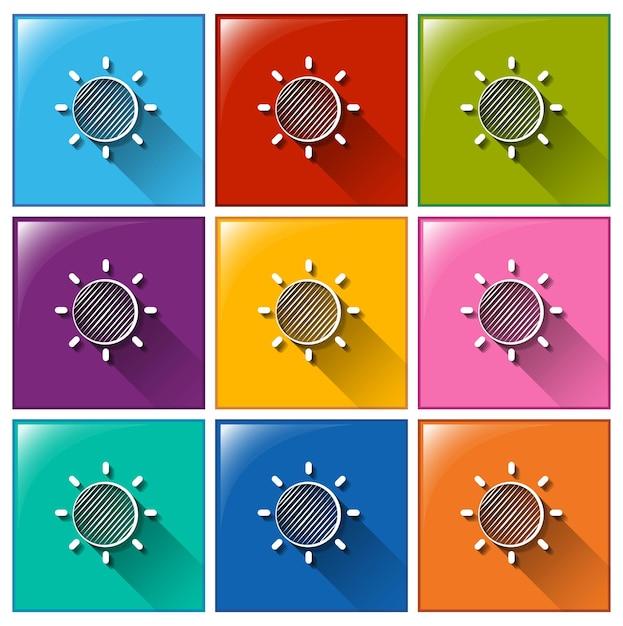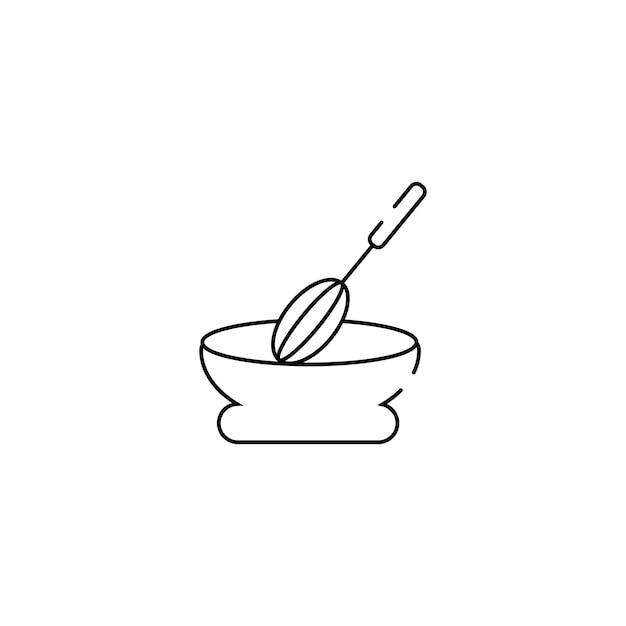Scalding milk is a technique that has been used for years in cooking and baking. It involves heating the milk to a specific temperature to kill any bacteria and enzymes present in the milk. This not only helps to extend the shelf life of the milk but also enhances the flavor and texture of various recipes. But what if you don’t have a thermometer to measure the temperature accurately? Don’t worry, in this blog post, we will explore how you can scald milk without a thermometer.
Whether you’re making hot chocolate, custards, or even homemade ice cream, knowing how to scald milk can be a game-changer in the kitchen. We will learn different methods to scald milk, including using the stovetop, microwave, and even without any heat source. So let’s dive in and discover how to scald milk without a thermometer and elevate your culinary creations!
How to Scald Milk Without a Thermometer
Why Scald Milk
If you’ve dabbled in baking or tried your hand at certain recipes, you might have come across the term “scald milk.” But what exactly does it mean? Scalding milk involves heating it to a specific temperature without boiling it. This process helps to kill any potential bacteria while also altering the milk’s proteins for better baking results. While thermometers are usually handy for this task, what if you’re like me and can never seem to find one when you need it? Don’t despair! With a touch of ingenuity and a sprinkle of know-how, you can scald milk without a thermometer.
The Simmer Test Method
One tried-and-true method is what I call the “simmer test.” All you need is a stove, a pot, and your keen senses. Begin by pouring the milk into a saucepan and placing it on low heat. Keep a close eye on the milk and let it heat until you start seeing gentle bubbles around the edges – these are the telltale signs that your milk is scalding.
The Finger-Friendly Approach
If you’re feeling adventurous, you can try the “finger-friendly approach.” Mind you, this is not for the faint of heart or sensitive to heat. Begin by hovering your clean index finger just above the surface of the milk. Slowly lower your finger until it touches the milk. Now, pay close attention to the sensation – if it feels uncomfortably hot but not scorching, you’re in the sweet spot for scalding. However, if it feels lukewarm or cold, you’ll need to turn up the heat and keep testing until you reach that perfect scalding stage.
The Bubble Bath Method
For those who prefer a visual cue, I present to you the “bubble bath method.” Fill a pot with milk and place it on the stove over medium heat. Keep your eyes glued to the pot as it warms up. When you spot tiny bubbles forming on the surface resembling those in a relaxing bath, voila! You’ve achieved scalding nirvana. Just be sure not to let those bubbles intensify into a full-blown boiling frenzy, or you’ll have to start the process all over again.
Trust Your Senses
When all else fails, embrace your natural senses of sight, touch, and smell. As the milk heats up, it will emit a distinct steam and release its inviting aroma. Simultaneously, a thin film, known as milk skin, forms on the top surface of the milk. The moment you spot this film developing, your milk is most likely scalded to perfection. So slip on your baking apron, channel your inner kitchen wizard, and trust your senses to guide you through the scalding journey!
Scalding milk without a thermometer may seem like a daring feat, but with these methods up your culinary sleeve, you’ll be a scalding maestro in no time. Whether you opt for the simmer test, the finger-friendly approach, or the bubble bath method, remember to be patient, attentive, and ready to adapt. So go forth, brave bakers, and fearlessly scald your milk! Your delicious creations will thank you for it.
FAQ: How To Scald Milk Without A Thermometer
Can fresh milk be heated
Yes, absolutely! Fresh milk can be heated just like any other type of milk. Heating fresh milk can be useful for various recipes or for simply enjoying a warm, comforting beverage.
How can I get milk to 110 degrees without a thermometer
Ah, the age-old dilemma of temperature without a trusty thermometer. But fear not, there are a couple of tricks you can use to get your milk around the 110-degree mark. One popular method is to heat the milk until it starts to steam gently, but not boil. Alternatively, you can employ the “finger test” by dipping a clean finger into the milk and removing it quickly. If it feels warm to the touch without being scalding, it’s likely around 110 degrees.
How do you warm milk in the microwave
Heating milk in the microwave is a cinch! Simply pour the desired amount of milk into a microwave-safe container and heat it in short 30-second bursts, stirring in between each interval. This prevents uneven heating and reduces the risk of scorching. A word of caution: be careful when removing the container from the microwave as it can get hot.
Does scalding milk change the flavor
Not really. Scalding milk is meant to eliminate any potentially harmful bacteria and to denature certain proteins that can interfere with the desired texture in certain recipes. While scalding can result in a slightly cooked flavor, it won’t drastically alter the taste of your milk.
Do you stir milk while scalding
Absolutely! Stirring the milk while it’s being scalded helps distribute heat evenly and prevents it from sticking to the bottom of the pot. It’s important to keep an eye on it and stir gently to avoid splashing hot milk all over yourself (ouch!).
Can you scald milk without boiling it
Definitely! Scalding milk does not require it to reach a full rolling boil. In fact, scalding occurs just below the boiling point, around 180°F (82°C). So, be sure to keep a close watch on your milk as excessive boiling can lead to a frothy mess or risk scorching the milk.
How long does it take milk to scald
The time it takes to scald milk can vary depending on various factors like the stovetop’s temperature and the desired quantity of milk. As a general rule of thumb, it usually takes around 5-10 minutes to scald milk on medium heat. However, it’s always best to keep a close eye on it to avoid any mishaps.
When scalding milk, is it necessary to bring the milk to a full rolling boil? True or false
False! You don’t need to bring the milk to a full rolling boil when scalding. Remember, scalding happens just below the boiling point, ensuring the milk is heated thoroughly without overcooking it. So, aim for that gentle steam rather than a vigorous boil.
How do you know if milk is scalded
Ah, the telltale signs of scalded milk! Once the milk reaches the scalding point, you’ll notice gentle steam rising from the surface, along with tiny bubbles forming around the edges of the pot. Keep a close eye for these visual cues, and you’ll be on your way to perfectly scalded milk.
How do you heat milk without a stove or microwave
If you find yourself without a stove or microwave, don’t fret! An alternative method to heat milk is by using a kettle or a hot water bath. Boil water in the kettle and then pour it into a large bowl or basin. Place the container of milk within the hot water bath and let it sit for a few minutes, stirring occasionally, until it reaches the desired temperature.
Should you scald milk for ice cream
While scalding milk isn’t a mandatory step for making ice cream, it is often recommended in many recipes. Scalding the milk helps to denature proteins and enzymes that can interfere with the smooth texture and prevent ice crystals from forming. So, if you want to achieve that velvety, dreamy texture in your homemade ice cream, it’s worth considering scalding the milk.
Is scalding milk necessary
Scalding milk is not always necessary, but it can be beneficial depending on the recipe. As mentioned before, it can help neutralize certain proteins and enzymes in the milk, leading to improved texture and flavor in some dishes. However, for many recipes, especially those that involve baking or cooking the milk at high temperatures for an extended period, scalding may not be required.
How do you get milk to 110 degrees
To get your milk to around 110 degrees without a thermometer, you can rely on the age-old finger test! By carefully dipping your finger into the milk and gauging its warmth, you can estimate if it’s at the desired temperature. If it feels comfortably warm, similar to a cozy bath, you’re likely in the ballpark.
Why do you scald milk for a recipe
Scalding milk serves various purposes in recipes. Beyond creating a smoother texture and removing unwanted enzymes, it can help improve the overall consistency of custards, puddings, and other delicate desserts. Additionally, scalding milk can kill any potential bacteria, ensuring food safety in raw or low-temperature cooking preparations.
Can milk be scalded in the microwave
Indeed, milk can be scalded in the microwave! Pour the milk into a microwave-safe container and heat it in short bursts, stirring in between. Keep a close eye on it as microwave temperatures can vary, and you don’t want your milk to boil over and cause a sticky mess.
What is the difference between scalding and boiling
Ah, scalding and boiling, culinary cousins with a slight temperature distinction! While boiling refers to the point when a liquid reaches 212°F (100°C), scalding occurs just below that, at around 180°F (82°C). Think of scalding as a gentle simmer, where small bubbles form around the edges without the full-throttle commotion of boiling water.
And there you have it! Your comprehensive FAQ guide on how to scald milk without a thermometer. May your scalding adventures be smooth, your temperatures be just right, and your culinary creations be utterly delicious! Cheers!

